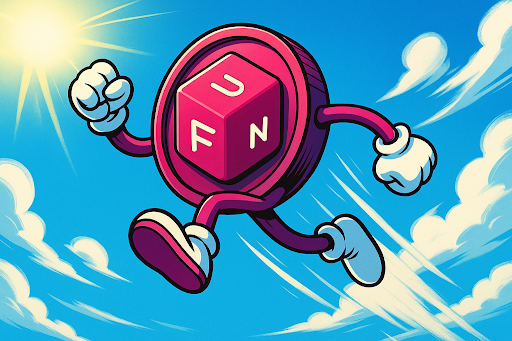Reason to trust

How Our News is Made
Strict editorial policy that focuses on accuracy, relevance, and impartiality
Ad discliamer
Morbi pretium leo et nisl aliquam mollis. Quisque arcu lorem, ultricies quis pellentesque nec, ullamcorper eu odio.
The crypto market is steadily gaining momentum. Now investors’ focus shifts towards the market leaders — Ethereum and Bitcoin. However, these networks didn’t age well regarding scalability. Both BTC and ETH experience high gas fees and network congestion in times of high traffic.
Their developer communities remain highly active and are pushing out scaling solutions to solve these issues. The Lighting Network attempts to scale payments and allow users to send BTC quickly. Ethereum’s recent upgrade to 2.0 introduced proof of stake and opened the path to sharding.
In this article, we explore these solutions in detail and assess whether swapping ETH to BTC is a good idea.
Exploring Lightning Network
The LN is a scaling solution for Bitcoin that Joseph Poon and Thaddeus Dryja introduced in 2016. The idea behind it is to provide users with a solution to use BTC as a form of payment instead of a store of value.
Due to Bitcoin’s architecture, the network remains purposefully slow for security reasons. However, the limited number of tps (~7 tps) prevents users from using BTC for daily payments or microtransactions. As a result, holders prefer to hoard Bitcoin instead of spending it.
The Lightning Network acts as a second layer to the Bitcoin network. Users can execute transactions at a much larger scale and for much cheaper than on the underlying network. Theoretically, LN aims to achieve 1 million tps, rivaling any digital payment system available.
Exploring Ethereum 2.0
Until 2022, Ethereum used a PoW algorithm similar to Bitcoin’s for confirming transactions. As a smart contract blockchain, the model quickly showed its limitations. Gas fees skyrocketed and transactions were ground to a halt during high activity on the chain.
Developers implemented Ethereum 2.0, a scaling solution that introduced PoS. While this didn’t improve the cost and speed of transactions, it alleviated the network’s carbon footprint.
However, the development team is pushing out another scaling solution called sharding. This would allow users to execute transactions on usage-specific sidechains. As a result, this could alleviate the strain on the underlying Ethereum blockchain while simultaneously conserving its security features.
Lightning Network vs Ethereum 2.0 Comparison
What are the differences between these solutions? Are they as dissimilar as an ATOM vs LINK comparison? Sharding and LN both rely on the concept of sidechains with some crucial differences depicted below.
Scalability
Lightning Network aims to provide BTC users with affordable and near-instant transactions. The goal is to enable Bitcoin microtransactions for small payments.
Ethereum’s sharding doesn’t have a theoretical scaling limit. It depends on the number of sharded chains and the rollup model for confirming transactions on the relay blockchain.
Consensus Mechanism
The Lightning Network doesn’t use a consensus for transactions on the network. Instead, it opens payment channels between two parties. Once one of the parties chooses to close the payment channel, the protocol confirms the transactions on the blockchain.
ETH holders can stake their assets to participate in the consensus mechanism. These validators confirm the transactions where malicious actors can have their ETH destroyed.
Security
The Lightning Network uses specific smart contracts. They rely on special signature states from the parties participating in the payment channel. The security and decentralization rely on the nodes in the LN.
Ethereum uses PoS, with a highly decentralized network and more than 800,000 validators.
Smart Contracts
Ethereum provides smart contract capability for deploying decentralized applications on its network. The Lightning Network, on the other hand, focuses on payments only.
Final Remarks on Lightning Network and Ethereum 2.0
Both the LN and Ethereum 2.0 are highly capable scaling solutions that improve upon BTC and ETH. They set the foundations for the mass adoption of these blockchains. Bitcoin can become a genuine payment vehicle, while Ethereum provides infrastructure for DeFi.
Image by Miloslav Hamřík from Pixabay



























